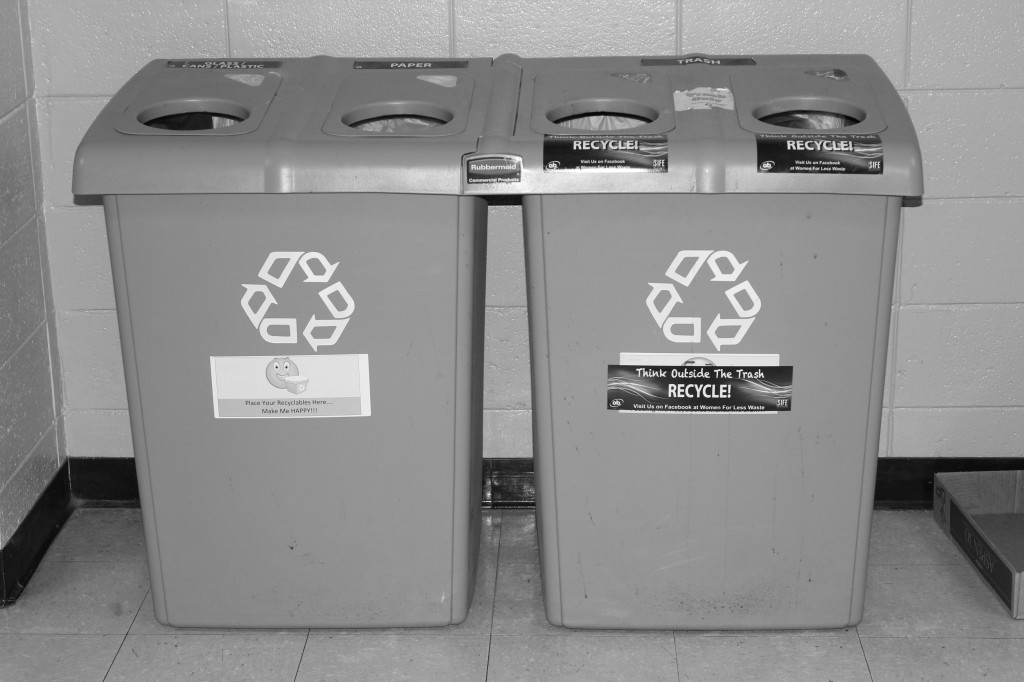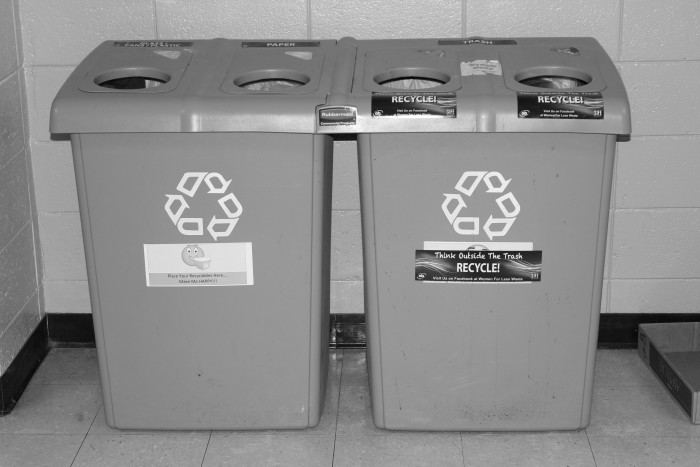

Photo Credit / Jamie Reese
BY SCOTT BRADLEY
Sustainability, in general terms, is about how we get from the year 2014 to 2214 and beyond.
Sustainability first came to light more than 25 years ago at the 96 plenary meeting of the United Nations. Its 1987 environmental research report coined the often-quoted definition of sustainable development as development that “meets the needs of the present without compromising the ability of future generations to meet their own needs.”
From there sustainability began to evolve, and today many communities worldwide declare their commitment to sustainability, but sometimes in ways that may not ensure unity of action.
Individuals and organizations often see sustainability in different ways. Among the most recognized is the call for Environmental Protection thereby achieving a Green Status, either in how your organization performs or how you impact the world around you through recycling, building, use of water, your pollution of the air, or the trash you leave behind.
A great deal of the effort today is focused on Climate Change and Green House Gas (GHG) emissions. While these are certainly important, they are not the only things that need to be addressed by sustainable processes. It includes more subtle things like economy, policy, and equality.
Brundtland (UN/1987) identified the global impact on developing nations of economic growth and how the world needed to treat all parties fairly and evenly. Still a problem today, we find ourselves in the midst of a debate on which way to turn.
Most Universities, including ESU, have committed to developing sustainable processes and a select group of institutions are developing entire schools around Sustainability.
Dr. Paul Anastas, the Director of Yale University’s Center for Green Chemistry, addresses sustainability by saying “Our solution to a problem must not only solve the problem at hand, but it also must not create a new problem as a result. Sustainability must be our True North.”
Columbia University’s Earth Institute pulls together a number of ‘crosscutting factors’ to find solutions for a sustainable future including energy, water, poverty, climate change, and ecosystems. Earth Institute’s Dean Cohen said, “… we have no alternative but to learn how to work on this planet. Unless we figure out some way to get off of it, and as we haven’t figured that out yet, then we are going to have to work on sustainability, which is an area of study and the economy that has all the future in front of it.”
Philadelphia is addressing project life cycles. When it comes to city investments like storm water management, the development of open space, or in constructing new city buildings, Philadelphia officials are viewing projects under sustainable terms and are forcing agencies to take more of a business approach (ROI) and do a better job of considering the impact felt over the long term.
In talking through the definition of sustainability Katherine Gajewski, Philadelphia’s Director of Sustainability, said “I think two things…it must be integrated and not a set aside thing…and it (sustainability) needs to be mainstreamed and included in everyday decision making. That is certainly what we are trying to move toward…where ever it makes sense.”
Echoing Gajewski, Susan Anderson, a commissioner in Portland, OR points out, “…everything’s connected and whatever you do today affects tomorrow.” As a result of her action, Portland is among the most sustainable cities in America.
Industry isn’t waiting on others. Interface Global, a leading carpet manufacturer, set a “whole company” approach to sustainability along three paths: innovative solutions for reducing their pollution footprint, new sustainable processes in design/production and an inspired and engaged corporate culture that reaches out to all stakeholders. They are on track to meet their Mission Zero goals including zero pollution by 2020.
Walmart, who officially raised the Sustainability Banner in 2005, does not promote a specific definition but they do state that their broad environmental goals are simple and straightforward.
They are to be supplied 100 percent by renewable energy; to create zero waste; and to sell products that sustain people and the environment. What they don’t say, but what they clearly appreciate is that sustainable practices are profitable and return real dollars (many millions per year) on their investment.
At ESU we can build a Sustainable Culture that promotes improved processes that will ensure success in ways that reduce our demands on resources while improving economic performance and meeting social responsibilities locally, nationally, and globally.
Email Scott at:
skb209@embarqmail.com

